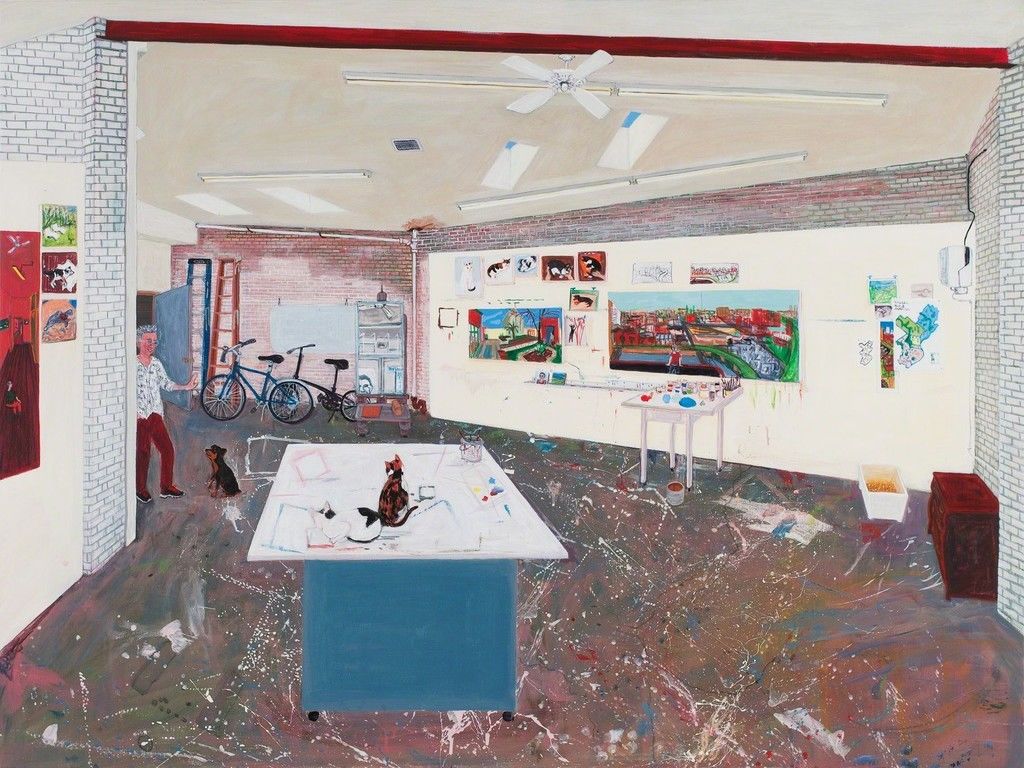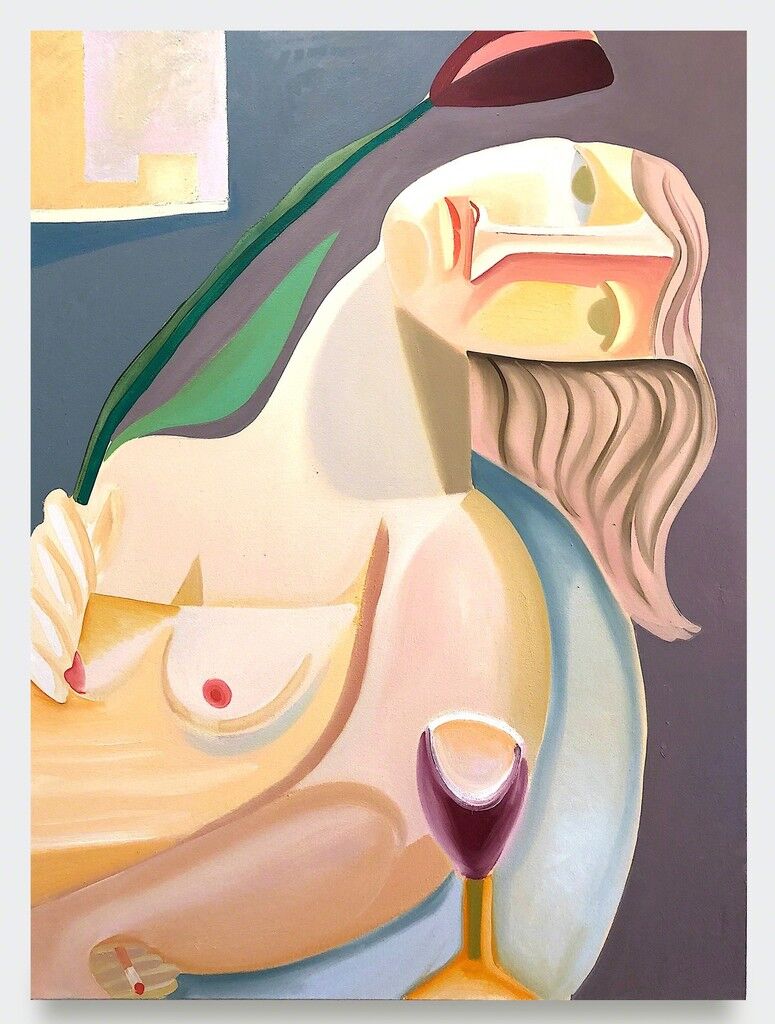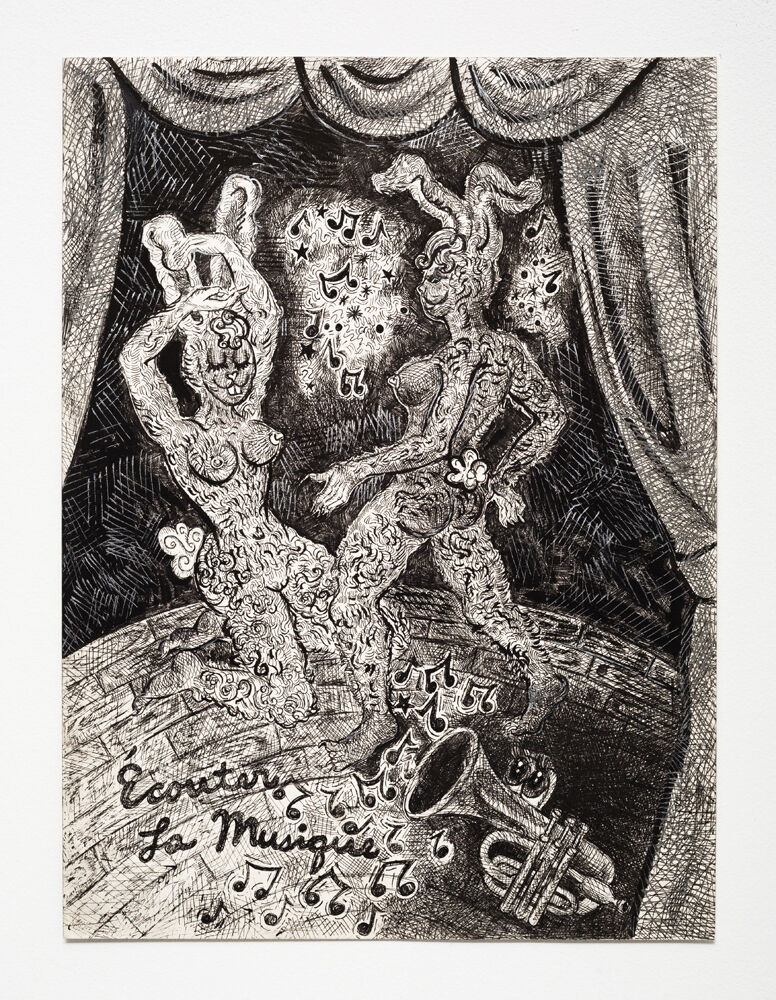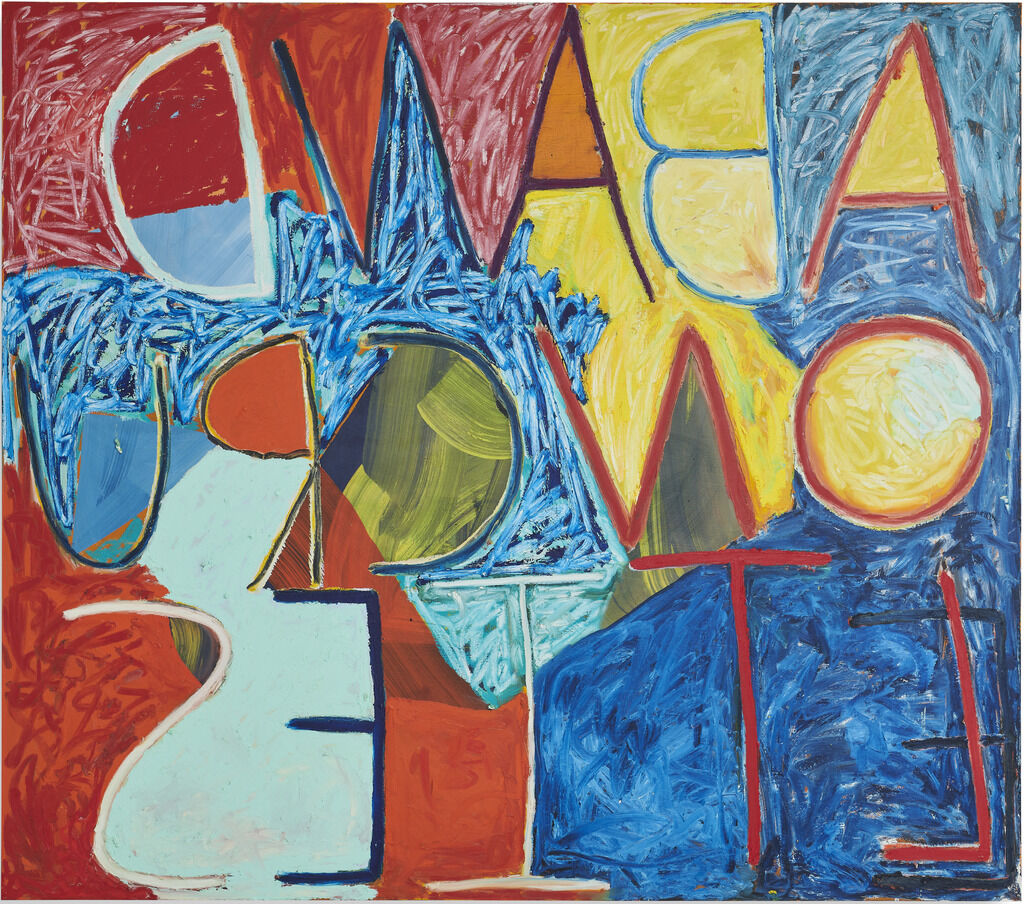9 Things to Know before Doing a Studio Visit with an Artist

artsy_Before paintings or sculptures end up in a gallery or museum, they’re labored over—for months or even years—in the privacy of an artist’s studio. Most people never have the chance to pull back the curtain and see what these workspaces actually look like. But for dealers and collectors, the studio visit is a chance to witness masterpieces while they’re still in progress, getting a first-hand look at where the magic happens. For some particularly devoted collectors, the studio visit is essential; Miami-based mega-collectors Don and Mera Rubell, for instance, seldom buy works by artists whose studios they haven’t visited first.
The studio visit is admittedly a weird social practice. It’s not like an interview or a casual hangout, and it’s most definitely not like a date. While there are no hard-and-fast rules that guide the studio visit, there are certain best practices to follow, as well as things to avoid. Below, we’ve gleaned some advice from those who know best—artists themselves—in order to erase some of the mystery from this time-honored art-world ritual. (If you’re hungry for more tips, check out Paper Monument’s excellent book I Like Your Work: Art and Etiquette.)
But don’t get too stressed out about protocol. “If I’ve invited you to my studio, I’m honored by your presence,” said abstract painter Bret Slater
. “You’d probably have to do something tremendously horrible for me to be truly offended.”
Don’t touch anything!
When visiting a museum, it’s pretty obvious that you’re not supposed to reach out and grab things. Not everyone has received this memo, of course; earlier this month, I observed an elderly gentleman reaching out to fondle a Jack Whitten painting at the Museum of Modern Art, later explaining to the security guard that he just couldn’t help himself. But the informality of an artist’s studio might lead you to believe that such prohibitions don’t apply.
Touching an artwork without asking is never a good idea. This can be confusing, since artists themselves tend to play fast and loose with works in the studio, often going so far as to run a hand over the surface of a painting to demonstrate a point about its surface qualities. If said artist invites you to touch their work, by all means accept! But never assume there’s an open invitation to do so just because you’re in a studio rather than a more formal setting.
Danielle Orchard 3PM, 2019
V1 Gallery
“I had a dealer visit once who physically rubbed one of my drawings while asking, ‘Is this pastel?’” recalled artist Danielle Orchard, known for her colorful, often nude portraits of women. “He also violently shook a canvas while saying, ‘Are you sure this isn’t on panel?’”
Don’t be the punchline to an artist’s future horror story about entitled studio visitors. Keep your hands to yourself; everyone will appreciate the restraint.
Don’t try to go around a gallerist
When an artist sells work through her dealer, the gallery and the artist typically split the proceeds 50/50. This can lead many collectors to think they’ve hit upon a savvy solution: Why not just buy directly from the artist for cheaper? A studio visit is not the place to try and cut deals; it’s tacky at best.
“Trying to buy things under the table is a definite no-no,” said painter Nikki Maloof, who is represented in New York by Jack Hanley Gallery. “It’s awkward, and most collectors should know better than to put you on the spot like that.”
Michael Stamm Tincture #9 (Infernal Bust), 2018
Shulamit Nazarian
There are exceptions, of course. If the artist is a free agent, buying out of the studio doesn’t present any of the same ethical hurdles. In some cases, an artist will have work in the studio that is “decommissioned,” and therefore, they’re in a place to sell it directly, without upsetting their dealer. But that doesn’t mean you should play hardball.
“If you do end up buying decommissioned artwork, respect the artist’s price point,” said Michael Stamm, a painter who transforms everyday scenes into elegant, slightly surreal compositions. “I’ve had collectors say that they should get a 50-percent discount on decommissioned or older work, because my current gallery isn’t taking their cut. The gallery receives a cut in exchange for selling, storing, or insuring the work—the costs of which the artist is [now] assuming, if the work is coming from their studio.”
Do a little homework, at least . . .
You walk around with Google in your pocket all day long. Before any studio visit, take the time to brush up on the artist’s past work: scan their website, breeze through a previous interview, check out their Instagram, read a recent review. True, the normal dynamic of a studio visit isn’t always that of a back-and-forth dialogue; the artist is generally at the helm, explaining her process and inspirations. But showing up without any preparation is just plain rude, and a waste of time.
“Do some research beforehand so you’re aware of the practice,” said Samuel Jablon, who is gearing up for a two-person show (with Mark Flood) at Miami’s Mindy Solomon Gallery this December. “Be able to ask thoughtful questions about the work, to have a conversation that’s productive.”
. . . but don’t try to explain the artist’s own work to the artist
Perhaps there’s a long German word that would be the art collector’s equivalent of mansplaining. Questions, compliments, and honest reactions are all great, but the studio visit isn’t the right place for you to issue pronouncements about a practice.
“I would avoid any grand, sweeping assessments of the artist’s work or its historical importance, because there’s probably little time to unpack them,” counseled Orchard. “A collector once told me that I’m a master of painting ‘feminine energy,’ and to this day, I have no idea what that means.”
Irena Jurek Ecouter La Musique, 2013
Jeff Bailey Gallery
While the occasional gentle piece of advice might be warranted or welcome, don’t assume the artist has invited you over to play informal MFA thesis adviser. “Unsolicited critiques can be a little irritating,” Maloof said. “Just because you allow someone into your studio doesn’t mean you’re asking for them to give you a list of what’s working and not working.”
Still, certain artists may be interested in a more engaged discussion—and even some advice. Just be sure to take the temperature of the room. “The best studio visits are a lot like unforgettable conversations, in that they’re playful, fun, spontaneous, and change the way I think about things,” said Irena Jurek, an artist whose drawings and paintings blend animals and eroticism in remarkable ways. “Seeing my work through a new set of eyes is a great way of gaining a new perspective. I also love brainstorming with visitors, and generating new ideas and possible future directions for the work to go in.”
Be honest and speak freely
The studio visit isn’t an academic space. Personally, one of my favorite things about visiting artists where they work is being able to have a freewheeling conversation that is unpretentious and real—the exact opposite of the dense verbiage that will smother most artworks when they are presented in a gallery or museum.
“Engage with our work,” said Stamm. “It’s okay to have an opinion! Let us know if certain works resonate with you. Don’t worry if the reason you like it seems unimportant. A collector once bought a painting I made of a woman with curly hair because both her daughters had curly hair and she wanted them to see art that reflected them. I actually thought it was really touching even if it didn’t have to do with my original concept.”
Honesty can have its limits, though. “Artists aren’t interested if you like a work because the dimensions, colors, or forms go with your furniture, or fit in a specific room,” he added. “Try to respect that the work is special to us, beyond the act of making something for someone’s wall.”
Be respectful
As Stamm pointed out, there’s a certain uneven dynamic baked into the studio visit itself. “Be mindful of the power having the money to buy art grants you over the people you’re visiting,” he said. “Just because artists need patrons doesn’t mean they shouldn’t be afforded basic courtesies and a sense of dignity. You are not doing an artist a favor by buying their work, you are, ideally, compensating them fairly for their labor. You and the artist are equals, irrespective of any possible financial transaction or difference in status.”
What does respect look like? Well, on the simplest level, it starts with having the graciousness to actually arrive for the studio visit you’ve organized. “I find it annoying when a collector or gallery person asks for a visit, and then is ridiculously late, or doesn’t show up at all,” Maloof said. “It’s pretty common.”
An artist’s time is valuable—she may have reorganized or hung her work for the occasion, or even put some LaCroix on ice for you! Being stood up can throw off the rhythm of an entire day.
Dress accordingly
Even when a gallery has an industrial-chic edge, it’s still basically a white cube: polished, swept, and clean. Studios are anything but. Often, there won’t be anywhere to stow your belongings other than on a pleather couch that looked fresh in 2001 and is now being held together with duct tape.
Samuel Jablon Abandon Cruelties , 2019
Nancy Littlejohn Fine Art
“Don’t wear couture clothing to a studio visit,” Jablon said. “Someone once bumped into a wet oil painting in my studio wearing an extremely expensive jacket. No one was happy afterward.” Dress more Zara than Dior—and watch where you’re walking.
Keep coming back
If you’re a collector who truly wants to engage with an artist as they grow, the studio visit doesn’t have to be a one-off. “Multiple visits help in many ways,” said Brendan Fernandes
, whose most recent exhibition is up through December 21st at Monique Meloche in Chicago. “Whether it’s once a month or once every few years, revisiting and touching base with an artist helps to get a clearer sense of their ways of working. Continued support, feedback, and check-ins are so rare for artists; taking the care and showing interest by revisiting is a real boost.”
Showing up empty-handed is fine, but . . .
“The one time a collector did bring a bottle of wine to our visit,” Fernandes said, “it made the visit more casual, relaxed, and brought the focus back to enjoying our work and time together.”
If you’re a teetotaller, consider thinking of outside-the-box ways to enliven your visit. “Definitely don’t forget to bring your dog,” Jurek said, half-joking—“especially if it’s a puppy!”




